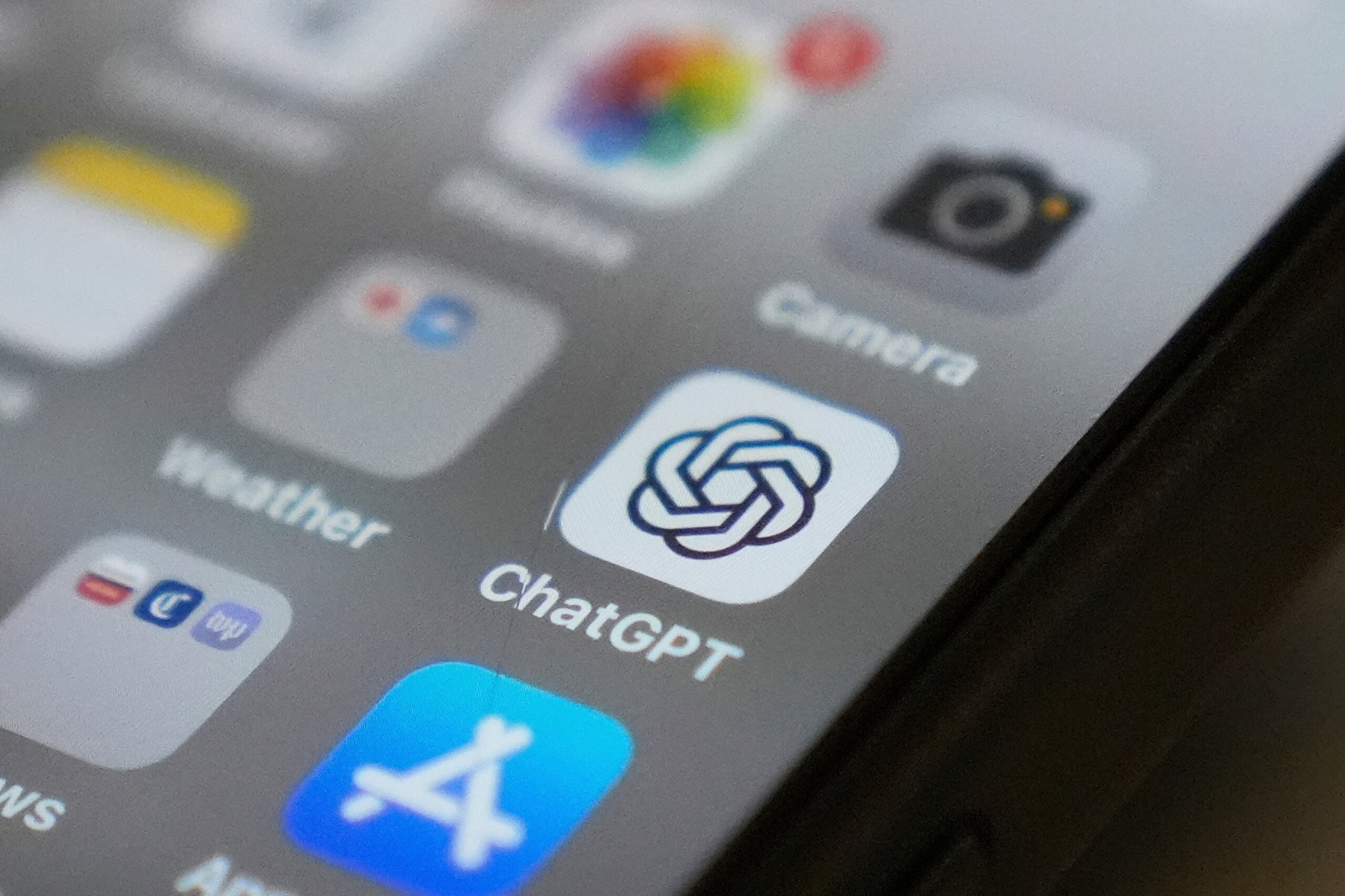The advent of generative AI systems, especially ChatGPT, has significantly disrupted the educational landscape, reshaping how students approach learning and studying. As these technologies gain traction, many students are turning to chatbots for assistance with homework and study tasks. However, this shift raises critical questions about the ethical use of AI in an academic setting.
The proliferation of AI in various life aspects blurs the lines regarding what constitutes academic dishonesty. Educational institutions are grappling with how to integrate these tools while maintaining academic integrity. Here’s a guide on the do’s and don’ts for students using AI in their academic pursuits.
Don’t Just Copy and Paste
One of the most tempting aspects of using chatbots like ChatGPT is their ability to generate detailed responses. However, simply copying and pasting this content is not a viable solution. It’s essential that AI tools do not replace the critical thinking and effort associated with genuine learning.
As noted by the University of Chicago, “AI can help you understand concepts or generate ideas, but it should never replace your own thinking and effort.” Students are encouraged to produce original work and utilize AI for guidance rather than as a substitute for their own efforts. This principle mirrors academic practices—students wouldn’t lift text from a textbook or someone else’s essay; the same applies to AI-generated responses.
Moreover, Yale University’s Poorvu Center for Teaching and Learning warns that reliance on AI for writing tasks can hinder learning: “If you use an AI chatbot to write for you, you will learn less and perform more poorly on subsequent exams.”
Do Use AI as a Study Aid
Experts advocate for the use of AI as a supplemental learning tool. For instance, California high school English teacher Casey Cuny recommends using ChatGPT to quiz students. He encourages them to upload class notes and study materials, then prompt the chatbot to quiz them based on that content.
Additionally, Cuny employs a traffic light system in his classroom to guide AI use: green for brainstorming and feedback, red for writing drafts or revising essays, and yellow for uncertain situations where students should seek clarification. This structured approach can help students navigate AI’s educational utility effectively.
Moreover, Sohan Choudhury, CEO of the AI-focused education platform Flint, suggests leveraging AI’s voice dictation features to express thoughts on complicated subjects. This method allows students to engage with the material actively, enhancing comprehension and retention.
Do Check Your School’s AI Policy
As AI technologies evolve, educational institutions are establishing their policies surrounding AI use. In the U.S., around two dozen states have implemented state-level guidance, but application can vary significantly across schools. Institutions like the University of Toronto prohibit the use of generative AI unless explicitly authorized by the instructor. Conversely, the State University of New York at Buffalo allows individual instructors to decide on permissible tools for their courses, leading to a fragmented landscape of AI guidelines in academia.
Don’t Hide AI Use from Teachers
As AI becomes more integrated into educational environments, students should feel encouraged to discuss its use openly with their educators. Choudhury emphasizes that transparency can mitigate misunderstandings. Many educators are now more receptive to conversations about AI, acknowledging its prevalence among students.
Misunderstandings about AI’s role can lead to unintentional violations of academic integrity. Rebekah Fitzsimmons, chair of the AI faculty advising committee at Carnegie Mellon University, notes that students often do not recognize when they cross the line between using AI as a tool for enhancing their work versus relying on it to generate complete content. Proper acknowledgment is essential; the University of Chicago advises students to cite AI contributions similarly to traditional sources.
Ethics Matter
Finally, educators stress the importance of using AI tools ethically. The University of Florida advises students to familiarize themselves with the institution’s honor code and academic integrity policies to ensure their AI usage aligns with ethical standards. Oxford University similarly advocates for responsible use of AI, emphasizing integrity and transparency.
As the educational landscape adapts to the presence of AI, students must navigate its capabilities while upholding academic integrity. Balancing the benefits of AI tools with ethical considerations is vital for fostering a culture of responsible learning.
For further insights or to discuss specific tech topics of interest, reach out to us at [email protected].
 Cisco Launches ‘Resilient Infrastructure’ Initiative to Combat Risks of Aging Tech
Cisco Launches ‘Resilient Infrastructure’ Initiative to Combat Risks of Aging Tech AI Disrupts Entry-Level Tech Jobs, But Pursuing Computer Science Remains Vital
AI Disrupts Entry-Level Tech Jobs, But Pursuing Computer Science Remains Vital IBM’s Charu Mahajan: Creativity Essential for AI Age, Not Just Data Literacy
IBM’s Charu Mahajan: Creativity Essential for AI Age, Not Just Data Literacy Microsoft AI Chief Mustafa Suleyman Defends Copilot Amid User Backlash on Windows Updates
Microsoft AI Chief Mustafa Suleyman Defends Copilot Amid User Backlash on Windows Updates Thumbprint Appoints Mark Hendrickson as Tech Director to Enhance AI-Driven Merchandise Solutions
Thumbprint Appoints Mark Hendrickson as Tech Director to Enhance AI-Driven Merchandise Solutions




































































